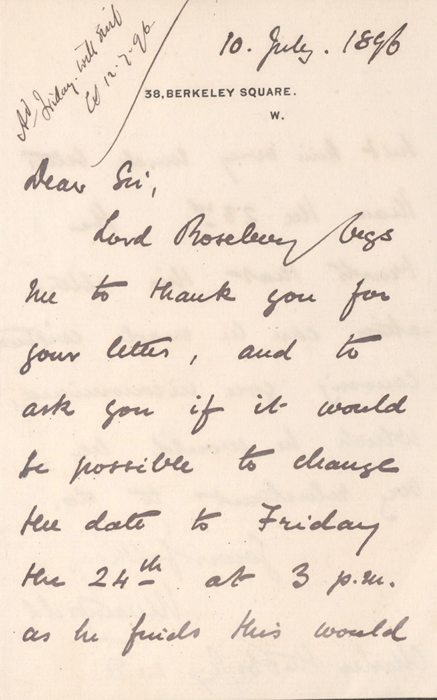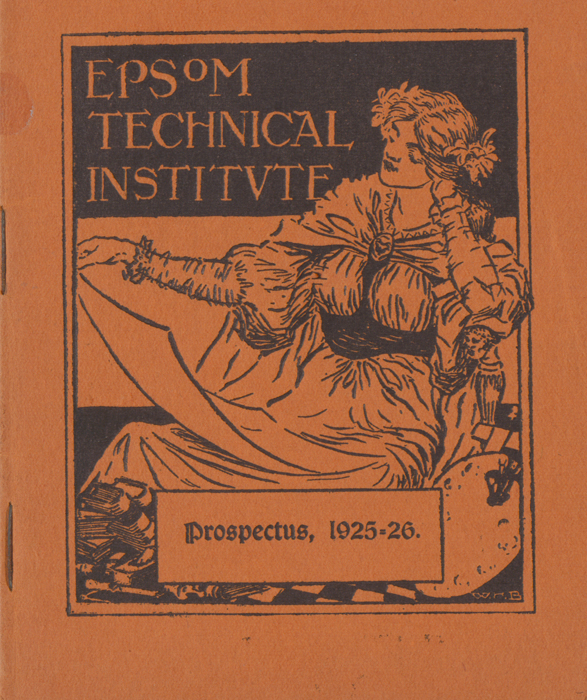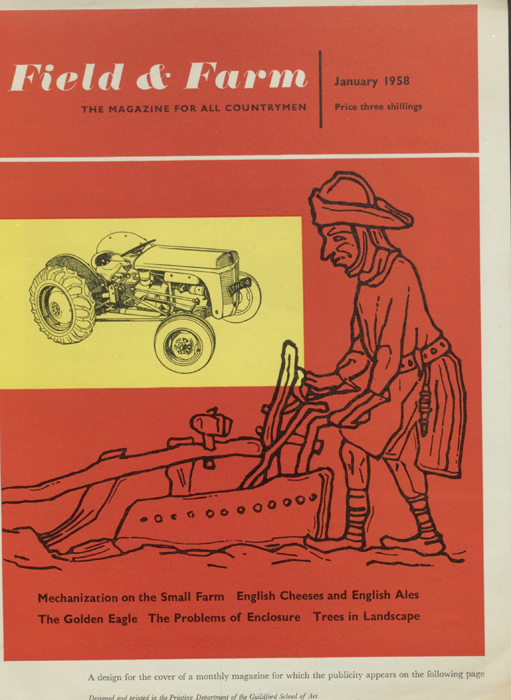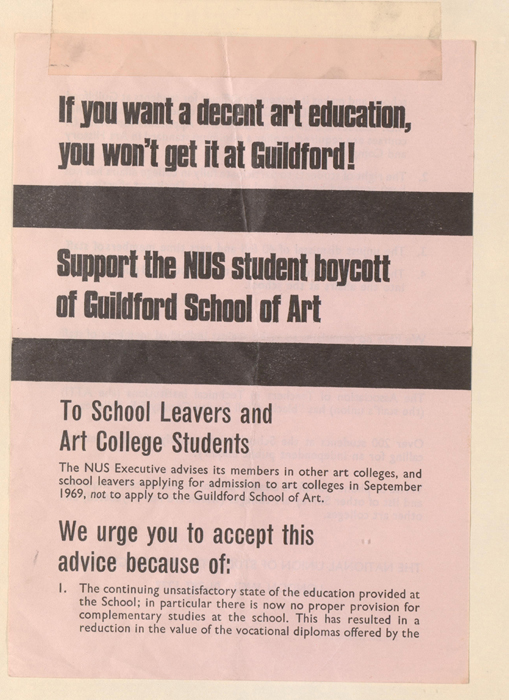Archives Hub Feature for August/September 2013
In 1913 the Surrey History Centre celebrated the history of tertiary art education in Surrey, from the late nineteenth century to the 1970s with an exhibition and series of events.
![Guildford School of Art, undated [1970s]](http://blog.mimas.ac.uk/archiveshub/wp-content/uploads/sites/8/2013/08/Guildford-School-of-Art-undated-1970s.jpg)
Industry, Science and Art

From our archives Technical Institutes and Art Schools, Industry, Science and Art were combined from the start, in the 19th century. Practical skills and work were taught alongside theoretical, to train students in industry work.
The Epsom Technical Institute 1896 Prospectus states it deals in Technical Instruction of ‘Science, Art, Technical, Manual, and Commercial Classes, and Lectures’ and is run partly by the Science and Art Department in South Kensington. Commercial classes highlight how these classes are meant to be used in work.

The combination of Science and Art can be seen clearly in the Drawing and Carpentry Classes where to attend the Carpentry Class ‘it is distinctly understood that pupils must attend the Drawing Class or they will not be accepted into this [Carpentry] Class’
During the 19th century to the 1930s from records that we have in the archives, Art and Technical Institute classes are firmly focused on the industry and how the courses can be used vocationally. As years progress there is a more of a mix of vocational and theory, more industrial classes, (such as Building Construction) is phased out, and replaced with classes that we associate with Art Schools today, including Graphic Design, Photography, and Fine Art.
Women in the Arts
Throughout the records of the Art Schools there is reference to the specific subject of ‘Women’s Crafts’, for example in the Epsom School of 1938 timetable. There are also subjects that include ‘Cookery’ and ‘Shorthand’ ,‘Typewriting’ and ‘Dressmaking, that while not explicitly stating that is gender explicit, generated more female than male students.

Courses included in the Epsom School of Art and Technical Institute 1896 and 1897 prospectuses were: Shorthand, Drawing, Carpentry, Home Nursing, Cookery and French.
In classes in the Epsom 1932 prospectuses ‘the Cookery and Dressmaking classes are recommended to those interested in Domestic Subjects’, while ‘for boys and young men there are carefully arranged classes that should prove of great value. Their attention is also drawn to the instruction given in Interior Decoration, Architectural Design, Geometry and Perspective in the Art School’.
War Time Education
As across the country, including in all education, art schools suffered within both world wars.

There are no records existing for our Art School Archives the period between 1900-1920, but the fact that in the 1920-1921 Epsom prospectus there seems to be more classes seen to be more ‘feminine’ based, suggests that Art Schools suffered a loss of male students after the First World War.
Art Schools have always been associated with Technical Institutes, and industrial work; practical work and work associated with the war effort were a priority.
Art Schools and Activism
The Guildford School of Art students took a protest during 1968 in relation to the quality of art teaching, and the lack of control the students had over this. This protest took place in the background of protesting taking place from other Art schools in the UK.

A young Jack Straw was also involved
In his autobiography Last Man Standing: Memoirs of a Political Survivor (Chapter 3, Respected but Not Respectable Macmillan, 2012)he mentions the following about his time at the NUS (p.74) :
My first six months at the NUS were uncomfortable. I was an intruder. I had stood up against the successful candidate, Trevor Fisk, and was now his deputy. I was given marginal responsibilities, like art colleges, in the hope I’d get bored and go away, but suddenly the art schools erupted. There were long occupations at colleges like Hornsey and Guildford colleges of art. I had something useful to do, and also developed firm friendships with some of those involved, like Kim Howells, later MP for Pontypridd and a fellow Foreign Office minister, and Kate Hoey, later MP for Vauxhall and minister for sport.
More information and images on these themes will be available at the exhibition
The catalogues relating to Surrey Art School education can be found here on Archives Hub
Epsom and Ewell Technical Institute and School of Art: http://archiveshub.ac.uk/data/gb3094-epew
Guildford School of Art Archive: http://archiveshub.ac.uk/data/gb3094-gcol
Farnham School of Art Archive: http://archiveshub.ac.uk/data/gb3094-fcol
Further material can be seen on our History Pin site http://www.historypin.com/channels/view/21466076#|photos/list/ and on our online image page http://community.ucreative.ac.uk/article/37669/Online-images-and-Exhibitions
Rebekah Taylor, University for the Creative Arts
Save
Save
